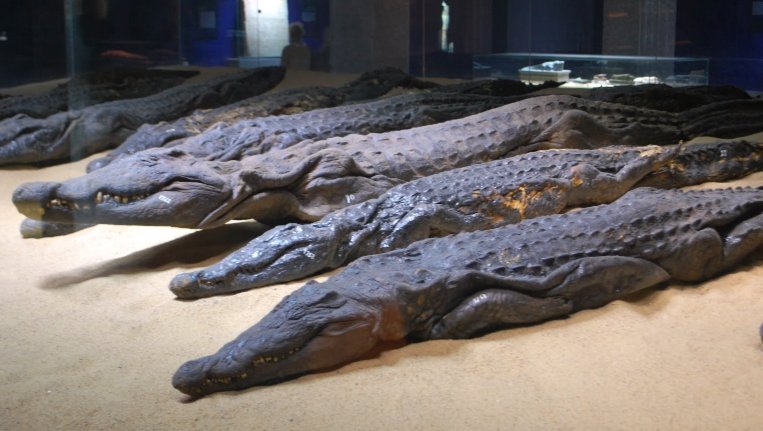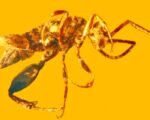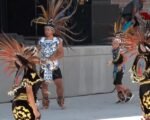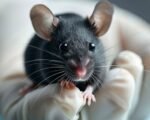A recent study has uncovered striking evidence that ancient Egyptians specifically hunted crocodiles to turn them into mummies. Researchers found that one such crocodile was embalmed almost immediately after being killed, with its death caused by a single blunt force blow to the skull. This discovery sheds new light on the ritualistic practices of ancient Egypt and how they procured animals for religious sacrifices.
Evidence of Hunting for Mummification
For years, scholars believed many animal mummies were sourced from natural deaths or captive breeding. However, a study published in the Journal of Archaeological Sciences suggests otherwise.
- Researchers examined a 2,000-year-old mummified crocodile discovered at Kom Ombo, an ancient Egyptian temple dedicated to Sobek, the crocodile god.
- Using synchrotron scanning, a high-resolution imaging technique, scientists identified a severe skull fracture caused by a single powerful blow.
- The location and shape of the injury suggest that the crocodile was struck by a heavy wooden club while resting, likely from a stealthy approach by a hunter.
“The most probable cause of death is a serious skull fracture on the top of the skull that caused direct trauma to the brain,” the researchers wrote.

Mummification Began Immediately After Death
The study also discovered that the crocodile’s embalming process started almost immediately after its death. This was evident from its preserved stomach contents, which included reptile eggs, insects, fish, and even a rodent.
One researcher noted, “The rapid mummification process strongly suggests that these animals were not found dead but deliberately killed for ritual purposes.”
- The carcass was quickly covered with oils and resins to prevent decomposition.
- The hunter’s blow left a dent in the skull, which was carefully concealed during the embalming process.
- Layers of linen were wrapped around the crocodile, preserving its form for thousands of years.
The Role of Crocodiles in Ancient Egyptian Religion
Crocodiles played a significant role in ancient Egyptian mythology. They were often associated with Sobek, the god of fertility and military prowess. This association made their mummification particularly valuable in religious ceremonies.
A wide range of animals were mummified in ancient Egypt, each representing a different deity:
| Animal | Associated Deity |
|---|---|
| Falcon | Horus |
| Cat | Bastet |
| Dog | Anubis |
| Ibis | Thoth |
| Crocodile | Sobek |
The discovery of a vast crocodile necropolis in the ancient city of Tebtunis in the late 19th century further confirms the importance of crocodile mummification. Thousands of crocodile mummies, some elaborately decorated, have been unearthed, showcasing the large-scale nature of this practice.
Were Crocodiles Bred for Sacrifice?
While this study provides compelling evidence of hunting, it remains unclear whether all mummified crocodiles were killed in this manner. Some ancient records indicate the existence of crocodile nurseries where these reptiles were raised specifically for sacrificial purposes.
However, the recent analysis of this particular specimen is the first direct proof that at least some crocodiles were hunted solely for mummification. This raises new questions:
- How widespread was this practice?
- Were other large animals hunted specifically for mummification?
- Could this discovery change our understanding of ancient Egyptian religious customs?
As further studies are conducted, archaeologists hope to determine whether hunting for mummification was an isolated practice or a common method of acquiring sacrificial animals.













